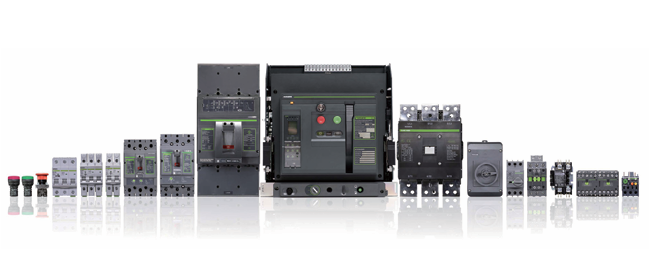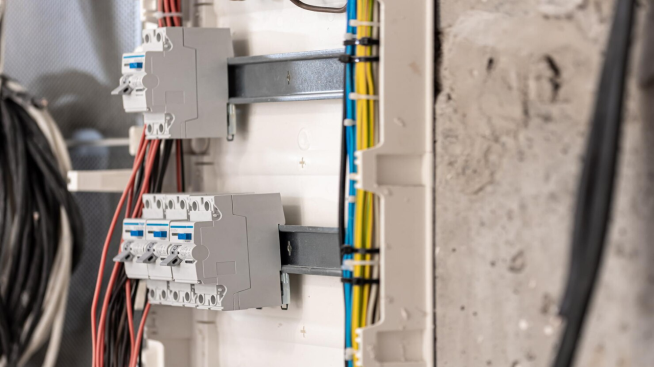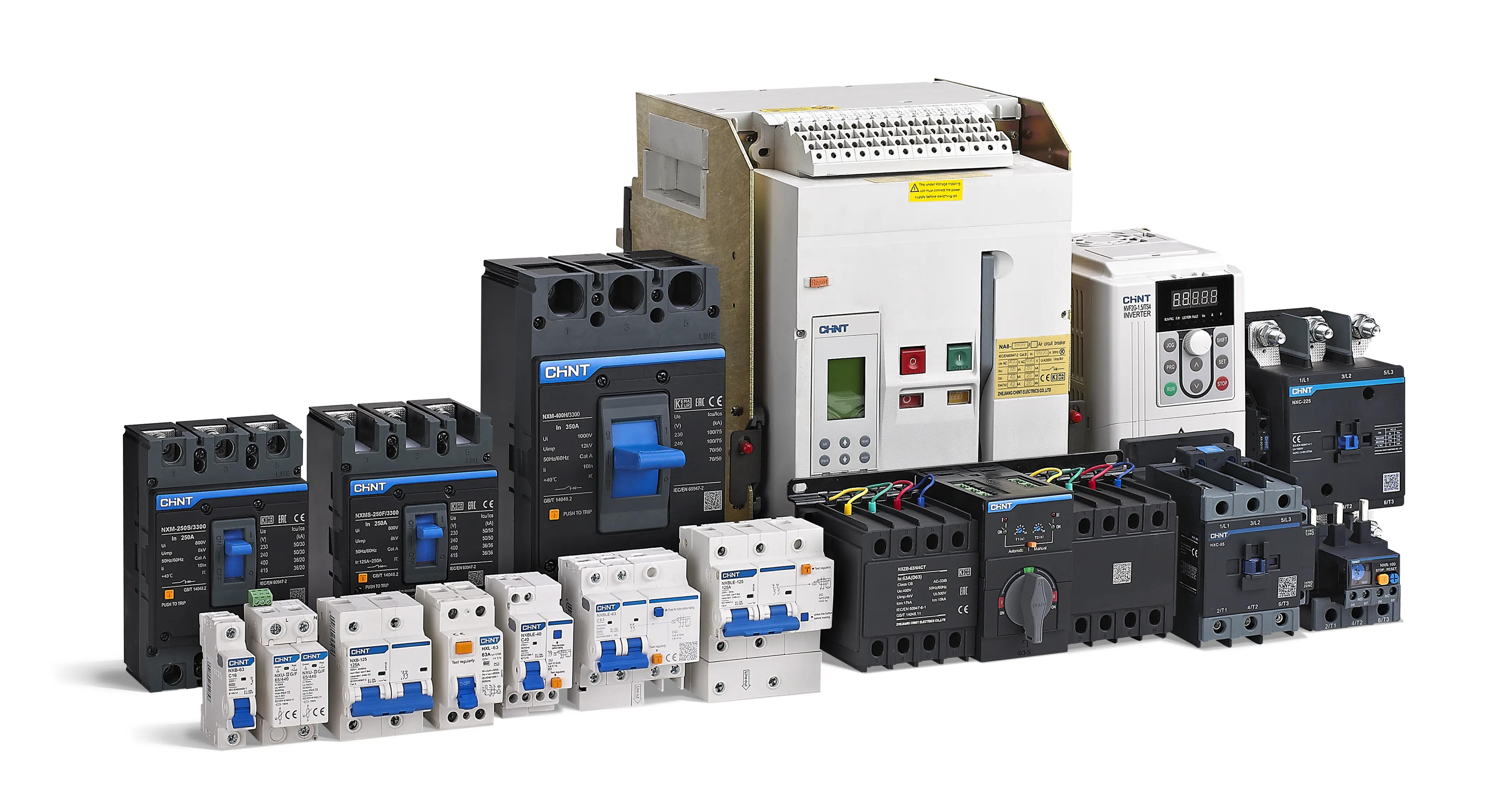Circuit breakers are critical safety devices in electrical systems. These components protect equipment and prevent electrical fires. They quickly disconnect power during overloads or short circuits. Two types stand out for their effectiveness: thermal magnetic circuit breaker and hydraulic magnetic circuit breaker.
Thermal Magnetic Circuit Breakers: Overview
A thermal magnetic circuit breaker is a common protection device in buildings. It combines two tripping mechanisms for comprehensive protection.
Components
A thermal magnetic circuit breaker features a bimetallic strip that responds to heat from current flow. It also includes an electromagnet that responds to sudden surges. Other key circuit breaker components include operating contacts that break the circuit, a trip bar, a manual handle, and terminals. All components sit in a durable case containing potential arcs.
Working Principle
A thermal magnetic circuit breaker operates on two distinct principles. For overload conditions, it uses a bimetallic strip. This strip heats up as current passes through it. Excessive current causes the strip to bend. This occurs due to the different expansion rates of its two metals. Eventually, it triggers the trip mechanism. The circuit opens.
For short circuits, the thermal magnetic circuit breaker uses an electromagnet. Short circuits create sudden massive current surges. The electromagnet responds and produces a strong magnetic field which quickly pulls the trip mechanism. Power disconnects instantly before damage occurs.
Hydraulic Magnetic Circuit Breakers: Overview
Hydraulic magnetic circuit breakers provide comprehensive protection where conditions vary. They excel with precise trip characteristics and perform consistently across temperature ranges.
Components
These breakers feature a solenoid assembly with a core and plunger surrounded by hydraulic fluid in a non-magnetic tube. Other components include a trip mechanism, calibrated spring, contacts, manual handle, and terminals. A robust enclosure protects everything from harsh environmental performance.
Working Principle
Hydraulic magnetic circuit breakers combine overload and fault protection in one mechanism. Current flows through a coil in the circuit breaker. This generates a magnetic field proportional to current intensity. The field acts on a plunger suspended in hydraulic fluid. During normal operation, magnetic force stays below spring tension. This keeps contacts closed. The hydraulic fluid provides a crucial time delay for temporary inrush currents. This prevents nuisance tripping.
When the current exceeds the threshold for too long, magnetic force overcomes spring tension. The plunger moves and trips the hydraulic magnetic circuit breaker. For short circuits, an intense magnetic field is generated and bypasses time delay. It instantly trips the breaker.
The Comparison
Both breaker types protect electrical systems. They differ in construction, operation, ideal applications, and several other key aspects:
Protection
Both breakers protect against short circuits and overloads. Thermal magnetic circuit breaker uses separate mechanisms for each fault type. The bimetallic strip handles overloads, while the electromagnet responds to short circuits. Hydraulic magnetic circuit breaker integrates both protections in one mechanism. The solenoid assembly responds differently based on fault severity.
Susceptibility to Environment
Thermal magnetic circuit breaker devices are more sensitive to the environment. The bimetallic strip reacts to ambient temperature more easily. Hydraulic magnetic circuit breakers are less susceptible to environmental conditions.
Trip Time
Hydraulic magnetic circuit breakers generally respond faster to faults. Thermal magnetic circuit breaker devices take more time for moderate overloads. The bimetallic strip needs sufficient heating.
Size
Hydraulic magnetic breakers are relatively more compact than the thermal-magnetic types of similar ratings. Their space efficiency helps where panel space is limited.
Rated Current
Hydraulic magnetic breakers can support higher currents than the thermal magnetic type. The higher capacity suits industrial applications. High-power systems benefit from this feature.
Cost
Thermal magnetic circuit breakers cost less. Their simpler design and widespread manufacturing reduce prices. Hydraulic magnetic circuit breaker devices have more complex construction. They use specialized materials which increase their price.
Conclusion
Overall, both breaker types offer reliable electrical fault protection. Each has distinct performance characteristics for different uses.
At CHINT, we offer advanced protection solutions. Our B4 Hydraulic-Magnetic MCB provides exceptional reliability. This miniature circuit breaker ensures superior electrical protection. It’s compact and easy to install and maintain. Current ratings range from 100 to 200A. The breaker also features impressive interrupting ratings. It delivers stable trip capacity throughout its working temperature range. Contact us to learn more about our circuit breakers.







